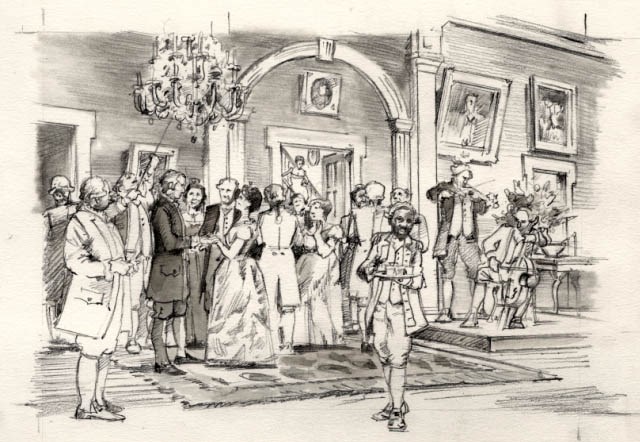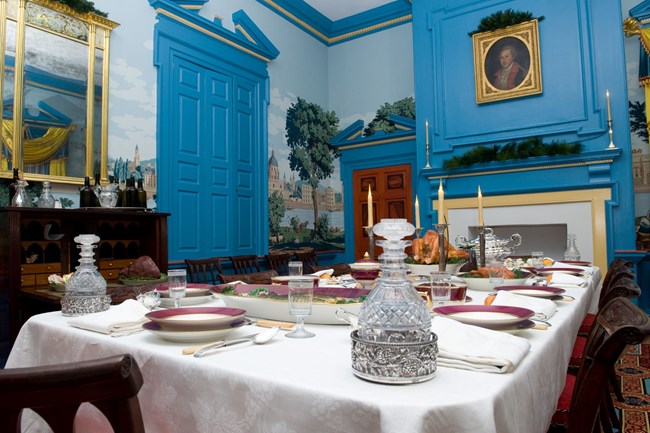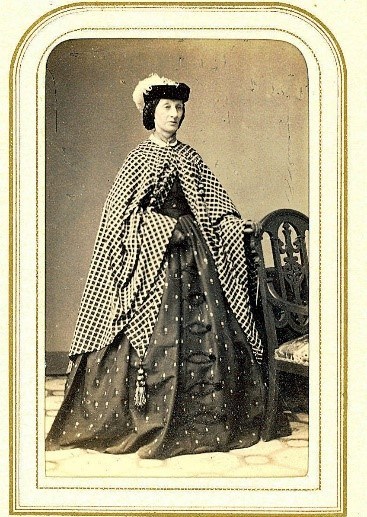
NPS/Harpers Ferry Center “Within the doors I found true hospitality where I am informed it has long presided; assembled in the spacious apartments of this palace, a constellation of grace, wit, and beauty not to be excelled. The entertainments were all social and intellectual; presenting a fine opportunity to grow in knowledge and grace. The repast was such as refinement alone could prepare, consisting of the richest viands.” -1832 newspaper account of a dinner at Hampton. 
NPS/Tim Ervin Revolutionary leader Charles Carroll described a party at Hampton in the early 1800s for which 300 invitations were issued. Such events were staged not only for entertainment but to cement business and political ties. Hampton mansion was ideal for such festivities: its Great Hall measures 51 by 21 feet and could seat more than 50 dinner guests. An English visitor noted in 1805 that Charles Carnan Ridgely was said to “keep the best table in America.” 
NPS Hundreds if not thousands of people came to visit Hampton while the Ridgelys lived there. Some stayed a few hours, others for days, still others for months. In the early days, famed British agriculturalist Richard Parkinson visited Hampton as part of a three-year tour of agricultural practices of American farmers. Other English visitors include the Marquess of Hartington, Colonel Charles Powell Leslie III and Lady Georgina Fane. |
Last updated: June 13, 2020
